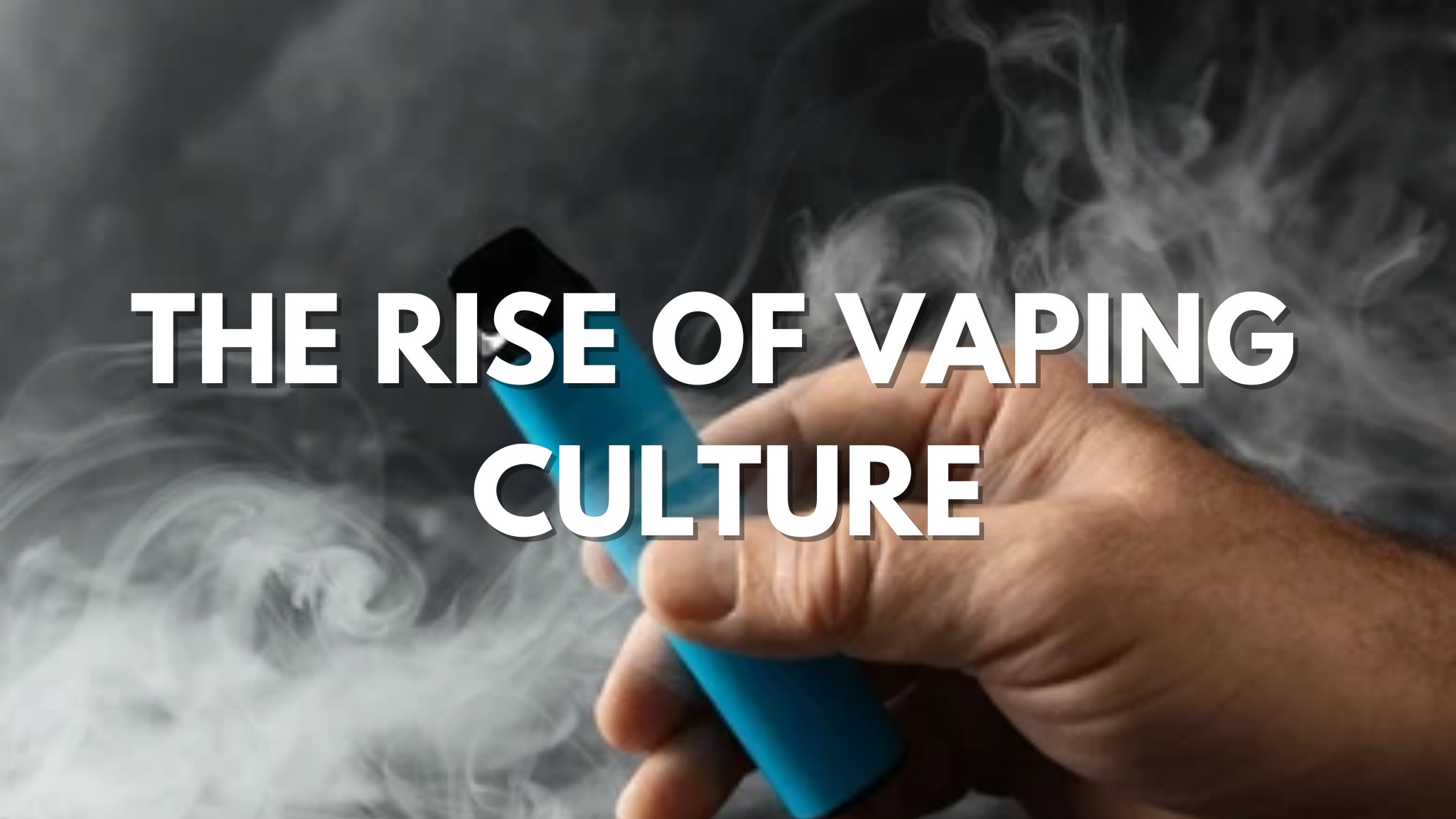The Rise of Vaping Culture has become a topic of significant discussion in recent years, with opinions ranging from supportive to critical. Understanding its broader implications goes beyond simply labeling it as “good” or “bad.” In this article, we explore the positive impact of vaping from various angles, providing insights into how it’s influencing health, society, the environment, and the economy.
Basics of Vaping
Vaping involves inhaling vapor produced by an electronic cigarette or similar device. Unlike traditional cigarettes, which burn tobacco, vaping devices heat a liquid (often called e-liquid) that typically contains nicotine, flavorings, and other chemicals.
Vaping vs. Smoking: Key Differences
While both vaping and smoking involve nicotine, vaping is considered less harmful because it avoids combustion. Smoking creates tar and harmful toxins, while vaping delivers nicotine in a cleaner way. Understanding these differences is crucial in appreciating why some view vaping as a better alternative.
The Popularity Among Young Adults
The surge in vaping popularity, especially among young adults, has transformed it into more than just a smoking alternative. It’s now a cultural trend, influencing fashion, social interactions, and even lifestyle choices. The variety of flavors and customizable devices make vaping appealing to a younger demographic.
The Social Aspect of Vaping
Vaping has become a social activity. From vape lounges to online communities, people bond over shared experiences and discussions about flavors, devices, and techniques. This community aspect has contributed to the growth and acceptance of vaping worldwide.
Health Benefits of Vaping Compared to Smoking
Reduced exposure to harmful chemicals One of the primary arguments in favor of vaping is that it significantly reduces exposure to harmful chemicals found in traditional cigarettes. Without combustion, vapers avoid inhaling tar and carbon monoxide, two of the most damaging substances produced by smoking.
Vapers often report fewer respiratory issues compared to when they smoked cigarettes. This can be attributed to the absence of the thousands of toxic chemicals found in tobacco smoke, which can cause chronic lung conditions.
Less Waste Compared to Cigarette Butts
Cigarette butts are notorious for littering streets and polluting water sources. Vaping devices, while not without their environmental challenges, contribute less waste, as they are reusable and do not generate the same volume of single-use litter.
The Recyclability of Vaping Devices
Many vaping devices are designed with recyclability in mind. Rechargeable batteries and refillable cartridges mean less waste, and as the industry grows, more eco-friendly designs are being introduced, reducing the environmental footprint.
Vaping as a Tool for Smoking Cessation
For many smokers, quitting can feel impossible. Vaping has emerged as a powerful tool for cessation because it mimics the experience of smoking without the harmful side effects. Many ex-smokers have successfully transitioned to vaping, gradually reducing their nicotine intake until they no longer need it.
Success Stories of People Who Quit Smoking by Vaping
Numerous testimonials highlight how vaping has helped people quit smoking. These stories often mention the ability to control nicotine levels and the importance of retaining the hand-to-mouth action that many smokers find hard to give up.
Economic Impact of the Vaping Industry
The rapid growth of the vaping industry has led to the emergence of numerous brands. From small startups to major corporations, the industry’s expansion has generated significant revenue and created various business opportunities.
The rise of vaping has also led to job creation. From manufacturing and retail to marketing and customer service, the industry supports a wide range of roles, contributing to local and global economies.
The Future of Vaping: Trends and Predictions
As technology advances, so too does the vaping industry. The future may see devices with improved battery life, enhanced safety features, and even more customization options. The ongoing research into e-liquids could also lead to healthier formulations.
With the growing popularity of vaping comes increased scrutiny. Future regulations may focus on product safety, advertising restrictions, and even taxation. Staying informed about these changes is essential for both consumers and industry players.
Conclusion
Vaping’s influence is multifaceted. From helping people quit smoking to creating economic opportunities and reducing environmental harm, there are numerous positive aspects to consider. However, like any trend, it’s essential to approach vaping with knowledge and awareness of both its benefits and potential risks.
FAQ
Is vaping completely safe?
While vaping is generally considered safer than smoking, it is not entirely risk-free. Long-term health effects are still being studied, and it’s important to be cautious.
Can vaping really help someone quit smoking?
Yes, many ex-smokers have found success in quitting smoking by transitioning to vaping. The ability to control nicotine levels and gradually reduce them is a significant advantage.
How does vaping affect those around me?
Secondhand vapor contains far fewer harmful chemicals than secondhand smoke. However, it’s still considerate to vape in designated areas to respect others’ preferences.
What are the environmental concerns related to vaping?
The primary environmental concerns involve the disposal of batteries and cartridges. Recycling these components and choosing refillable devices can mitigate the impact.
What should I consider when choosing a vaping device?
When selecting a device, consider factors like battery life, size, ease of use, and whether it fits your vaping style.

